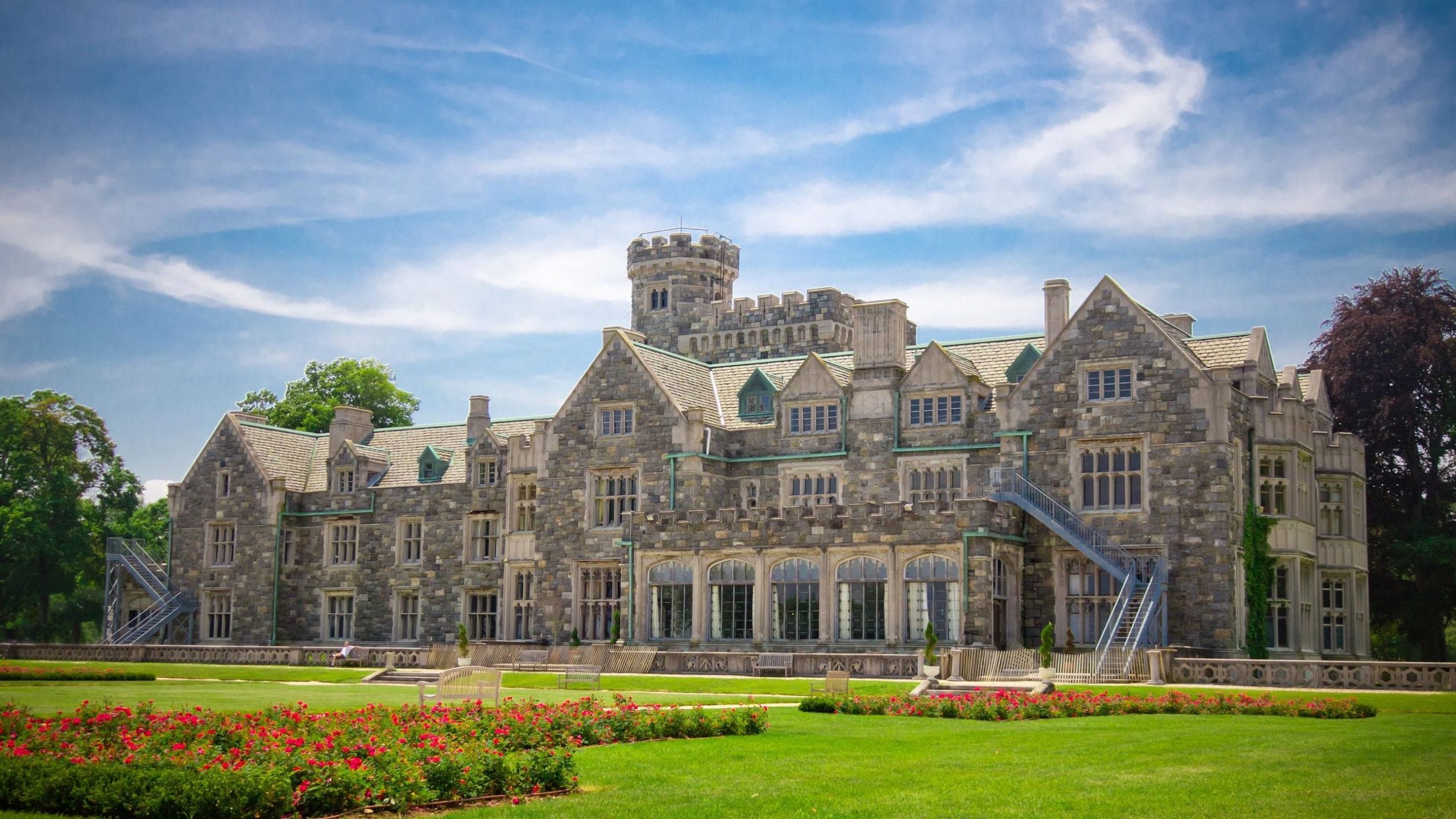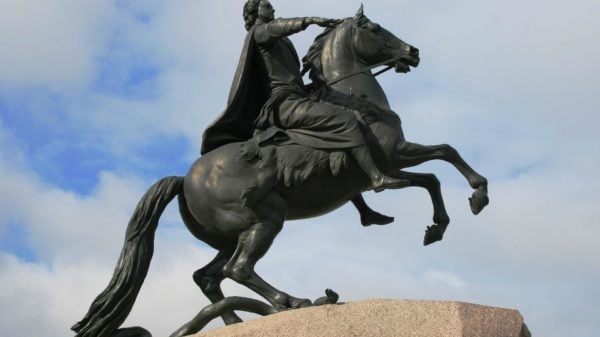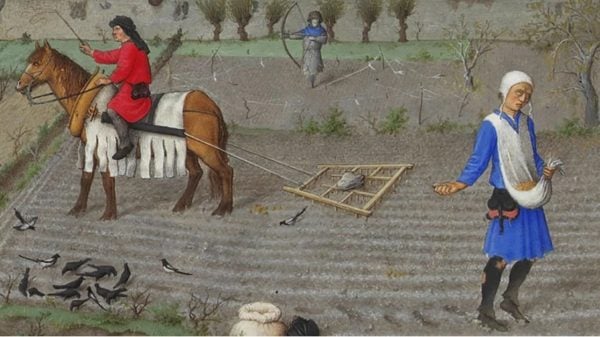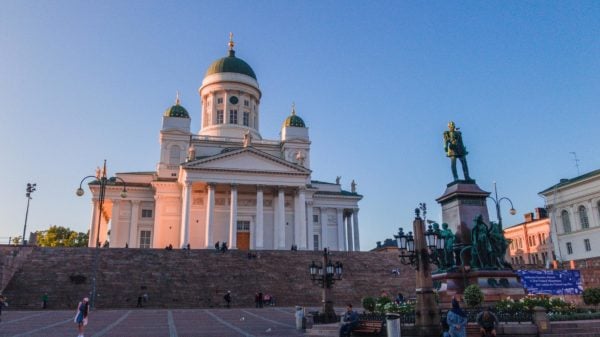Tourists visiting Long Island will never miss the massive, grand castle called the Hempstead House during their journey in New York’s scenic island. Also known as the Sands Point Preserve, this 50,000-square-foot historical structure used to be the residence of some of the richest people in American history.
Today, the home serves as the venue for various concerts and stage plays, as well as the backdrop for romantic weddings.
Hempstead House History
The vast Gatsby-era estate was designed and constructed for Howard Gould, the son of railroad tycoon Jay Gould. He commissioned the architectural firm Hunt & Hunt to create a replica of Ireland’s Kilkenny Castle for his wife, Katherine. However, the couple separated before the completion of the construction of the castle.
Originally called the Castle Gould, it was intended to serve as the family’s main house. But Howard and his family did not appreciate the establishment’s final outcome, so they decided to have another house built inside the whopping estate to use as their main dwelling.
Once the main house building was completed, Gould decided to sell it to the Guggenheim family in 1917. The new owners, Daniel and Florence Guggenheim, renamed the castle the Hempstead House in honor of the breathtaking views of the Hempstead Harbor. They spare no cent in filling all the 40 rooms with various Jacobean furniture and Flemish tapestries. The wealthy family also hired 17 house servants and over 200 men and women to serve as farmers, grounds crew, and animal keepers.
During the mid-1920, the couple’s eight grandchildren always spend time with them inside the massive property. Unfortunately, Daniel passed away inside the home on September 28, 1930, while surrounded by Florence and the rest of the family.
After Daniel’s death, Florence opted not to live inside the massive house. She chose to build a smaller residence inside the property where she can stay. In 1940, she decided to let the refugee children from Europe stay inside the Hempstead House. At least 75 children aged 13 months to 10 years old resided in the property for one year.
In 1942, the Guggenheim widow donated the entire estate to the Institute of Aeronautical Sciences. It served as the organization’s research laboratory and facility for archives. By 1946, the US Navy rented the property and turned it into their Naval Training Devices Center for at least two decades.

The majestic facade of the Hempstead House, one of the most breathtaking properties in Long Island’s Sands Point.
The Hempstead House Today
By November 1967, the federal government gave Nassau County 128 acres of Sands Point to turn into a park. The large historic property included the Hempstead House. The county opted to preserve all the historic treasures in their properties, including the old house. They were able to restore the house into a reasonable condition by 1979.
The massive home also played a huge role in today’s pop culture. It became one of the most preferred locations for filming in the area. Because of its Gatsby style, it served as the background for the 1998 movie adaptation of Charles Dickens’ novel “Great Expectations.”


















